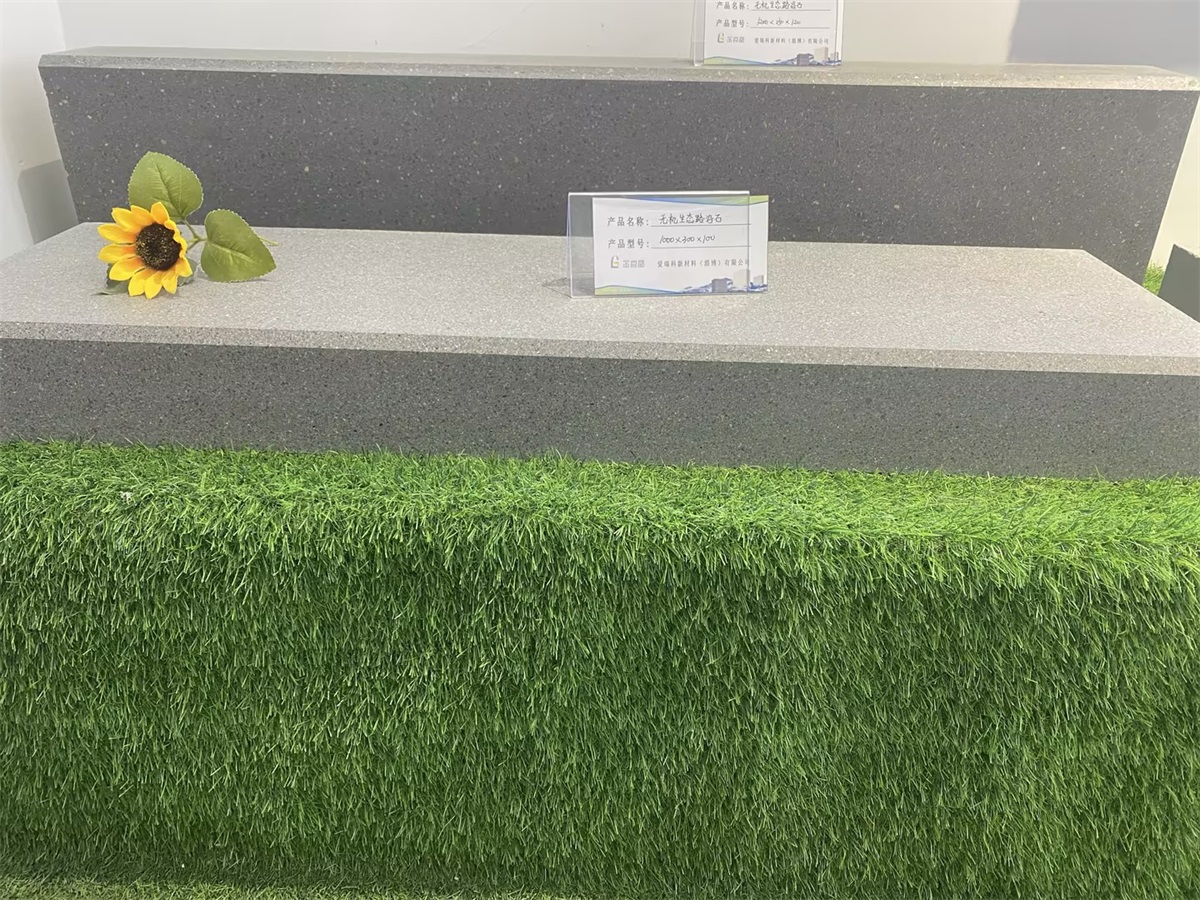路沿石在(zai)人(ren)行道設計中(zhong)使用原則!
路沿石是人行道設計中不可或缺的一部分,它起到了邊界和保護的作用,使行人和車輛能夠分別使用各自的活動區域。設計一個安全、美觀、舒適的人行道需要考慮諸多因素,下面將詳細介紹路沿石在人行道設計中的設計原則。
Curb stones are an indispensable part of sidewalk design, serving as boundaries and protection, allowing pedestrians and vehicles to use their respective activity areas separately. Designing a safe, beautiful, and comfortable sidewalk requires considering many factors. The following will provide a detailed introduction to the design principles of curbstones in sidewalk design.
首要原則是安全性。人行道設計必須優先考慮行人的安全,因此路沿石的高度、寬度和形狀需要合理設計。路沿石的高度通常為10-20厘米,這樣既能防止車輛意外駛入人行道,又能避免行人從人行道滑落到馬路上。而路沿石的寬度應該足夠寬,以便行人能夠站立,同時也能夠起到車輛阻擋的作用。此外,路沿石的形狀也應盡量避免尖銳的棱角,以免行人碰撞時受傷。
The primary principle is safety. The design of sidewalks must prioritize pedestrian safety, therefore the height, width, and shape of curbstones need to be reasonably designed. The height of the curbstone is usually 10-20 centimeters, which can prevent vehicles from accidentally entering the sidewalk and pedestrians from sliding off the sidewalk onto the road. The width of the curb should be wide enough for pedestrians to stand and also serve as a barrier for vehicles. In addition, the shape of the curbstones should also try to avoid sharp edges and corners to avoid injuries to pedestrians in collisions.


第二個原則是無障礙性。隨著無障礙設計的不斷普及,人行道的設計也要考慮到殘疾人、老年人、孩童等特殊群體的需求。在路沿石的設計中,需要預留無障礙通道,以方便輪椅、嬰兒車等設備的通過。無障礙通道通常位于人行道的交叉口和門口等地方,寬度應為至少120厘米,并且需要保持一定的坡度,以方便輪椅使用。此外,路沿石的顏色也應與人行道的顏色有所區分,以便視覺障礙者能夠識別。
The second principle is accessibility. With the continuous popularization of accessible design, the design of sidewalks should also take into account the needs of special groups such as the disabled, the elderly, and children. In the design of curbstones, it is necessary to reserve accessible passages to facilitate the passage of equipment such as wheelchairs and strollers. Accessible passages are usually located at intersections and entrances of sidewalks, with a width of at least 120 centimeters and a certain slope to facilitate wheelchair use. In addition, the color of the curbstones should also be distinguished from the color of the sidewalks, so that visually impaired individuals can recognize them.
第三個原則是便利性。人行道作為一種交通設施,它的設計需要考慮到行人的出行便利。在路沿石的設計中,需要留出足夠的空間用于行人的通行,同時也需要預留出足夠的空間供行人停放自行車、雨傘等物品。此外,路沿石與人行道的交界處也需要平緩過渡,以便行人輕松地邁上人行道。
The third principle is convenience. As a transportation facility, the design of sidewalks needs to consider the convenience of pedestrian travel. In the design of curbstones, it is necessary to leave sufficient space for pedestrians to pass through, as well as sufficient space for pedestrians to park bicycles, umbrellas, and other items. In addition, the junction between the curbstone and the sidewalk also needs to transition smoothly, so that pedestrians can easily step onto the sidewalk.
第四個原則是美觀性。人行道是城市的門面,其設計需要考慮到美觀和協調性。在路沿石的設計中,可以采用不同材料和顏色的路沿石,以增加人行道的美感。同時,路沿石的形狀也可以采用弧形或曲線形,以增加人行道的流暢感。此外,路沿石的布置也需要與周圍的環境相協調,以避免突兀感。
The fourth principle is aesthetics. The sidewalk is the facade of a city, and its design needs to consider aesthetics and coordination. In the design of curbstones, different materials and colors of curbstones can be used to enhance the beauty of sidewalks. At the same time, the shape of the curbstone can also be curved or curved to increase the smoothness of the sidewalk. In addition, the layout of roadside stones also needs to be coordinated with the surrounding environment to avoid a sense of abruptness.
第五個原則是耐久性。人行道是經常受到行人和車輛壓力的地方,路沿石的設計需要保證其耐久性和抗壓能力。在選擇路沿石的材料時,需要考慮到其耐水、耐磨和防滑等性能。同時,路沿石的施工需要保證其穩固性,以防止松動或掉落。
The fifth principle is durability. Sidewalks are places that are often subjected to pressure from pedestrians and vehicles, and the design of curbstones needs to ensure their durability and compressive strength. When selecting materials for curbstones, it is necessary to consider their water resistance, wear resistance, and anti slip properties. At the same time, the construction of curbstones needs to ensure their stability to prevent loosening or falling.
上一篇:陶瓷透水磚在使用上有哪些優勢?
下一篇:溝蓋板的產品特點介紹
相關產品
相關新聞














